Digital transformation is fundamental for organizations worldwide due to the transition to Industry 4.0 and, eventually, 5.0. As a result, DevOps becomes critical across industries as businesses integrate more and more software platforms.
DevOps lies at the center of this, which connects development and operations teams through automation. By streamlining processes like continuous integration (CI) and continuous delivery (CD), DevOps empowers teams to deliver software more efficiently while reducing errors and enhancing speed.
Moreover, DevOps streamlines technology infrastructure changes management, testing, and deployment to support rapid change. This integration drives change in organizations and helps them to remain relevant while delivering excellent software products. Thus, DevOps becomes a strategic enabler of progressive digital transformation and advancing organizations’ capabilities based on automation.
Executive Summary:
- Key Components of DevOps: DevOps enhances software development and IT operations through collaboration, automation, and continuous integration.
Integration of AI and Machine Learning in DevOps: Drives efficiency by automating repetitive tasks, optimizing CI/CD pipelines, and enabling predictive operations. - DevSecOps: Integrates security into every phase of DevOps to minimize risks and ensure secure code development.
- Future Trends: The future of DevOps will be characterized by the expansion of AI and ML for enhanced automation, the growth of DevSecOps, and the increased adoption of cloud-native technologies.
- Challenges in DevOps: The primary obstacles are a shortage of skilled professionals, the rapid evolution of tools, cultural resistance to change, the complexity of integrating security, scalability issues, and a lack of standardization.
- Key Components of DevOps
DevOps combines software development (Dev) and IT operations (Ops) to improve communication and productivity. Continuous Integration and Continuous Deployment allows developers to build, test, and deploy releases quickly and free from errors. DevOps makes use of version control systems, monitoring tools, and configuration systems to achieve the intended level of efficiency, scalability, and security.
Collaboration & Communication: Cross-team collaboration between development and operations to streamline processes and share responsibility. - Continuous Integration/Continuous Delivery: Automated processes to integrate code, test, and deploy software frequently.
Automation: Use of tools to automate infrastructure management, testing, deployment, and monitoring. - Infrastructure as Code (IaC): Managing infrastructure through code to ensure consistency, scalability, and reliability.
- Monitoring & Logging: Continuous monitoring of applications and infrastructure for performance, security, and reliability.
- Agile Methodology: Adoption of agile practices to enable faster and more iterative development and deployment cycles.
These elements promote faster development cycles, higher-quality software, and improved collaboration between teams. - Integration of AI and Machine Learning in DevOps
The use of artificial intelligence and machine learning is giving a new layer of efficiency to DevOps processes. Applications of AI and ML include code reviewing, testing, and system monitoring. This frees up the time for employees to work on more important tasks.
The analytical algorithms used in the operational environment analyze the massive loads of data to determine the prospective stoppages or low-performing issues before they occur. Apart from the efficiency of implementing smart processes through AI automation, another advantage is that it provides more and better-quality information for decision-making.
DevSecOps: The Intersection of Security and DevOps
As concerns about cyber security rise, DevSecOps brings security right into the DevOps process. It seeks to design security to be implemented at a much earlier stage as the planning phase and continuously throughout the production. With this approach, product codes are optimized for performance and protected from threats.
Modern security tools used as part of CI/CD detect risks and pitfalls before they are fully developed, meaning once problems are found, they are tractable. Typical real-time scanning is complemented by identity management and automated compliance checks to increase security. The integration of security within DevOps practices thus protects businesses against cyber risks.
Future Trends in DevOps
Looking ahead to 2024 and beyond, several trends are set to shape the future of DevOps:
AI and ML Expansion: DevOps will continue to leverage AI and ML to improve automation and optimize workflows. The focus will be on reducing manual intervention and increasing operational intelligence to support faster, more reliable software releases.
DevSecOps Growth: As cybersecurity threats increase, organizations will deepen their adoption of DevSecOps practices. This will involve tighter security integrations, real-time threat detection, and automated compliance management within the DevOps pipeline.
Cloud-Native DevOps: The use of cloud-native technologies such as microservices and containerization will grow. This allows organizations to build, deploy, and scale applications more efficiently. It also leads to greater agility and more responsive infrastructure management.
Challenges in DevOps
While DevOps promises speed and collaboration, it also comes with significant challenges:
Talent Gap: Finding candidates skilled in both development and operations is difficult. This lack of talent hinders automation and continuous practices, making it hard to fully embrace DevOps.
Rapidly Evolving Tools: DevOps tools change fast and this requires teams to be perpetual learners. Staying up-to-date demands constant investment in training, which can strain resources.
Cultural Resistance: Moving to a collaborative DevOps culture often faces resistance due to the need to change established workflows.
Security Integration: Integrating security throughout the DevOps pipeline adds complexity as security needs to be continuous, not an afterthought.
Scalability: Scaling DevOps in large, complex systems can lead to performance issues. This makes automation and monitoring harder.
Lack of Standardization: Different practices across teams create inconsistencies and lead to inefficiencies and miscommunication.
Addressing Skill Gaps in DevOps for Career Success
To succeed in DevOps, professionals must get hands-on experience on emerging tools like AI, ML, DevSecOps, and cloud-native technologies. By having these skills, you will be able to lead corporate transformations and meet the growing demand for experts who know how to leverage DevOps techniques.
For those looking to deepen their knowledge in DevOps and related technologies, Techmindz training programs offer invaluable resources. Our training programs cater to various levels, from beginners to seasoned professionals seeking to upskill. We cover essential topics, including cloud computing with AWS, version control, infrastructure automation using Terraform, and more. Get in touch with us or explore our website to discover how our courses can empower you in your tech journey and enhance your career prospects.




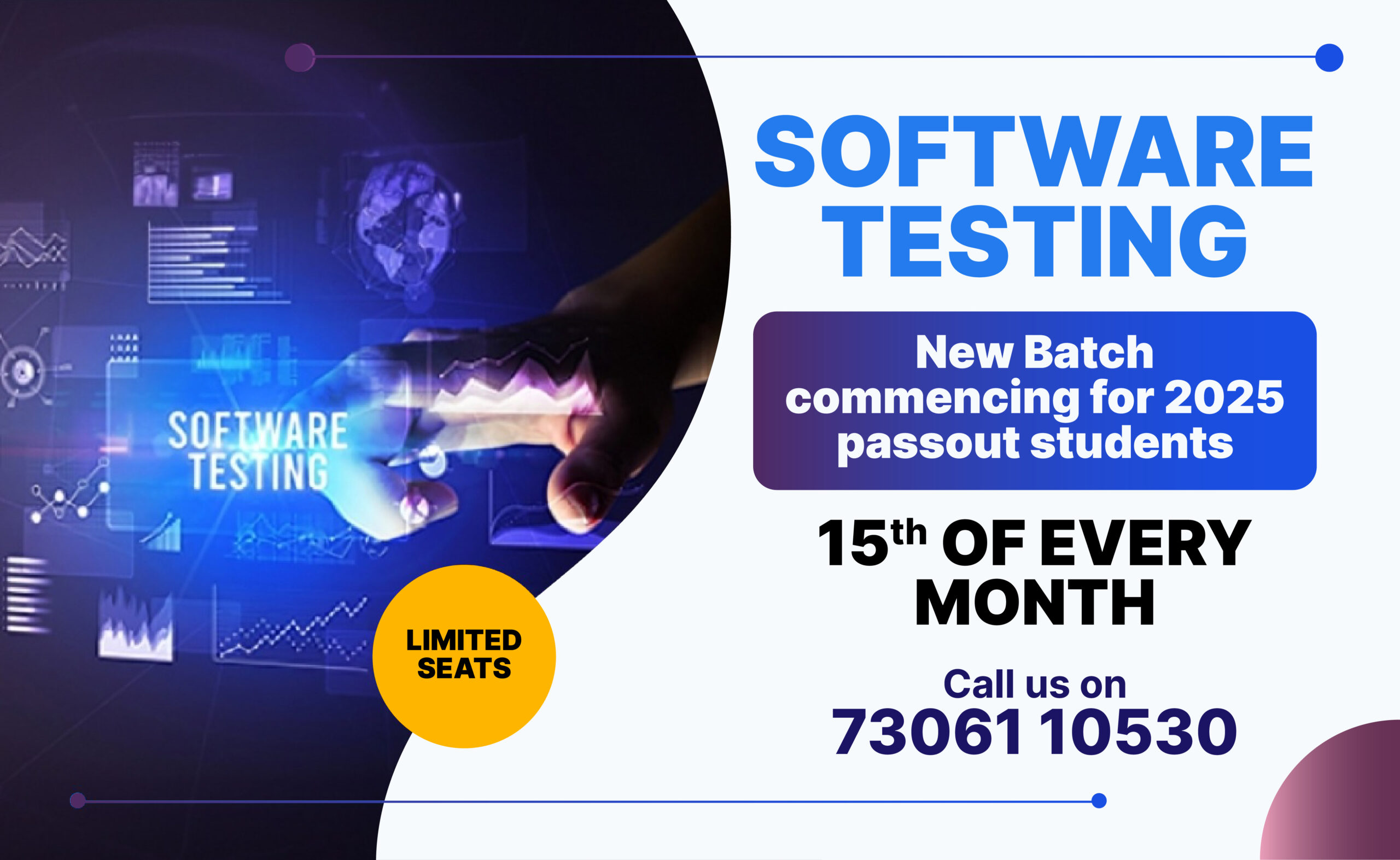
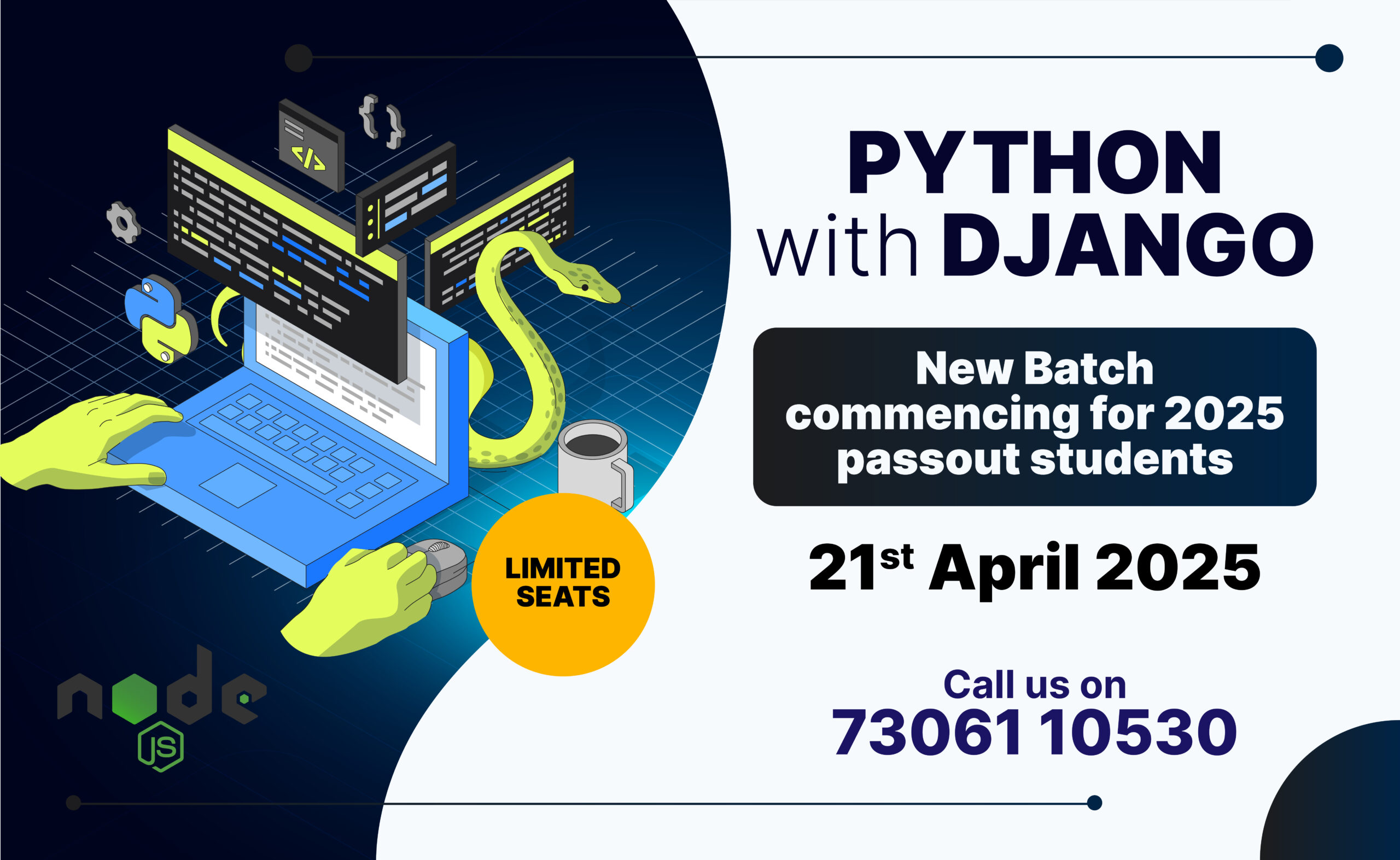
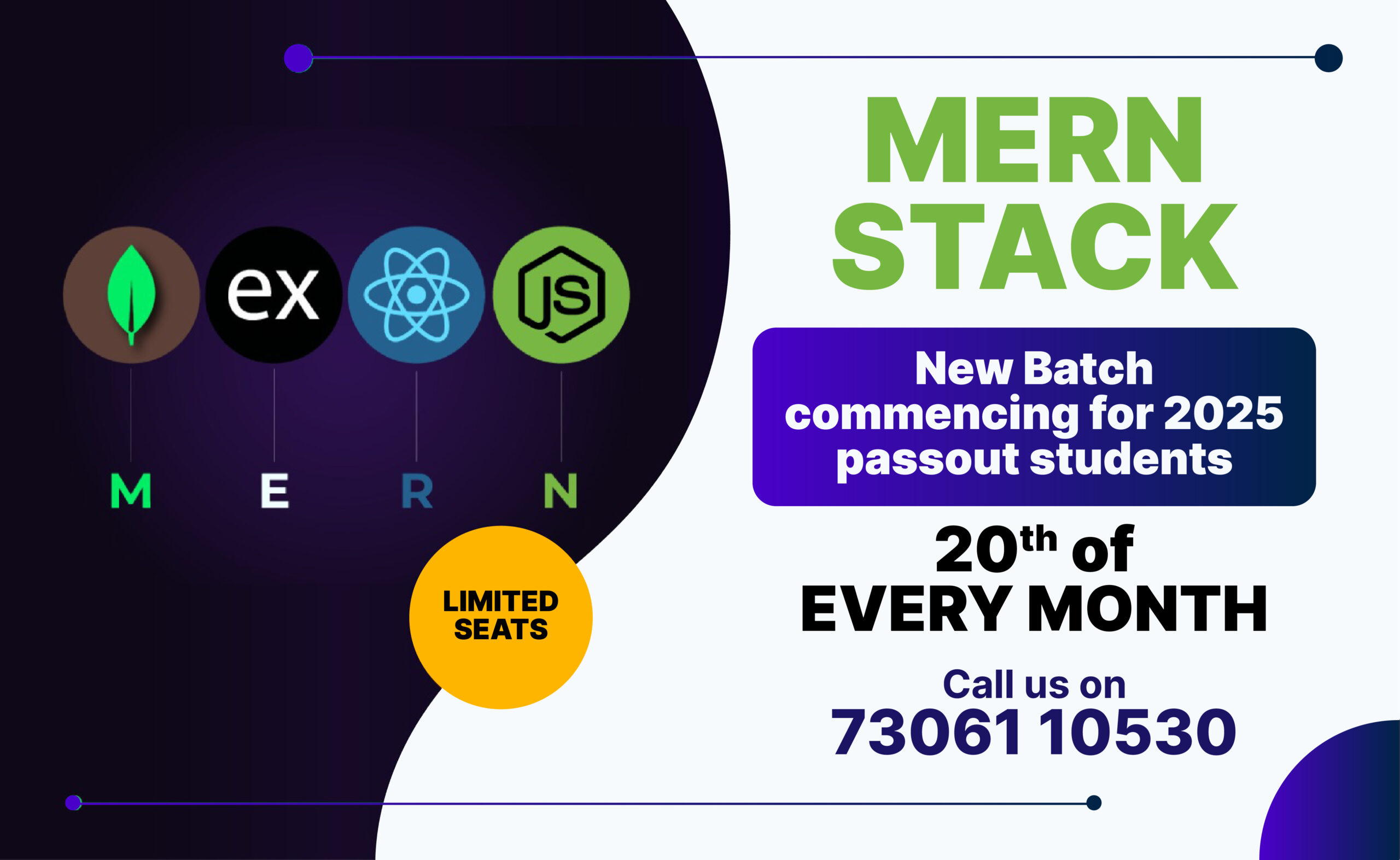

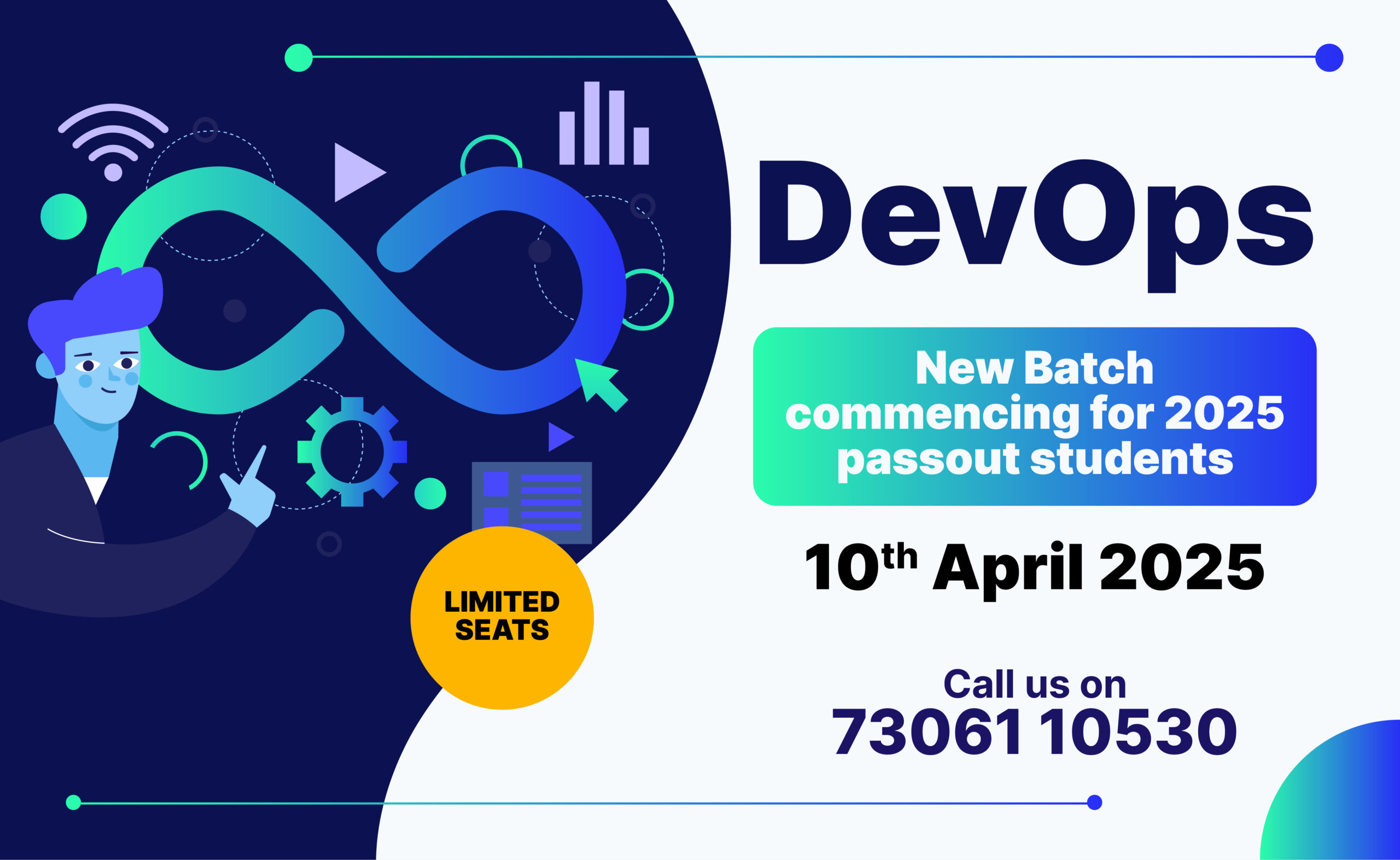

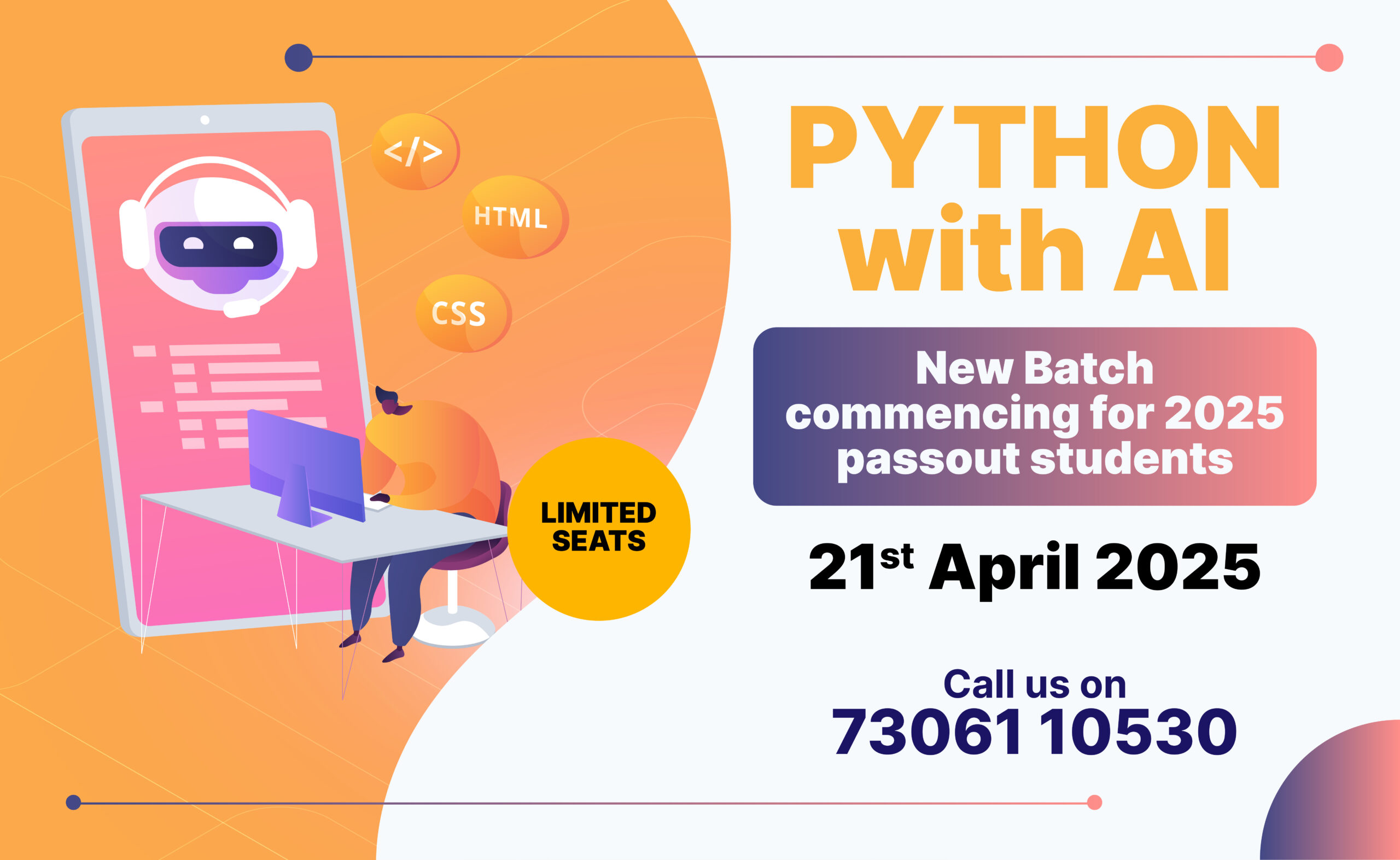
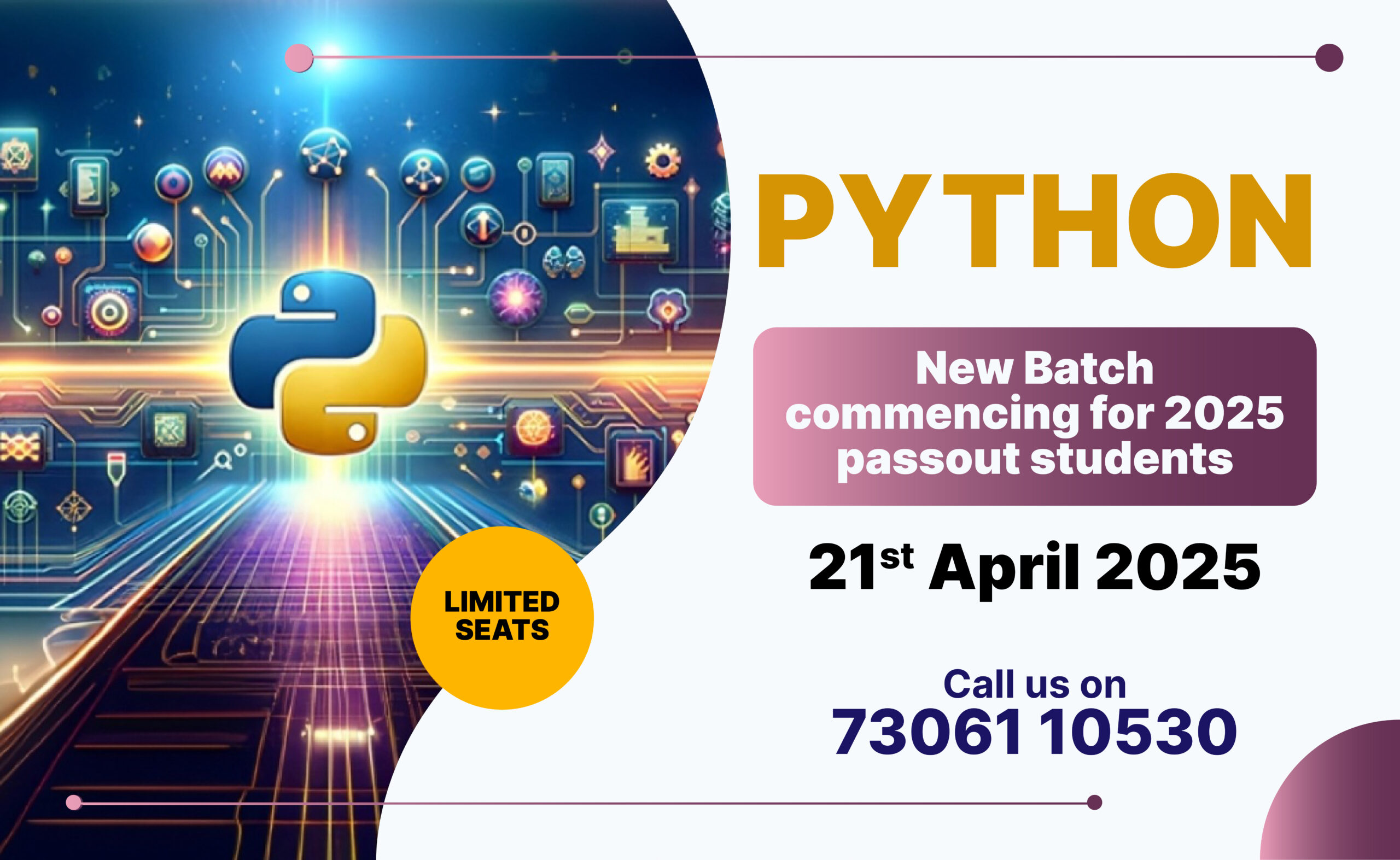


0 Comments